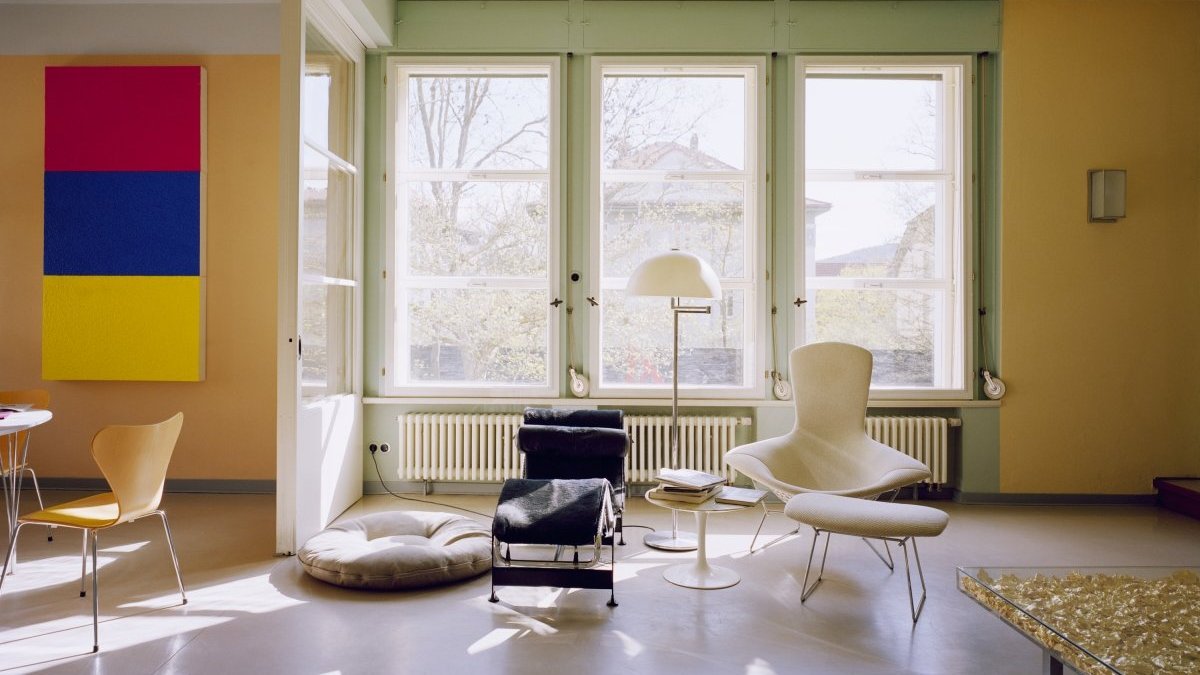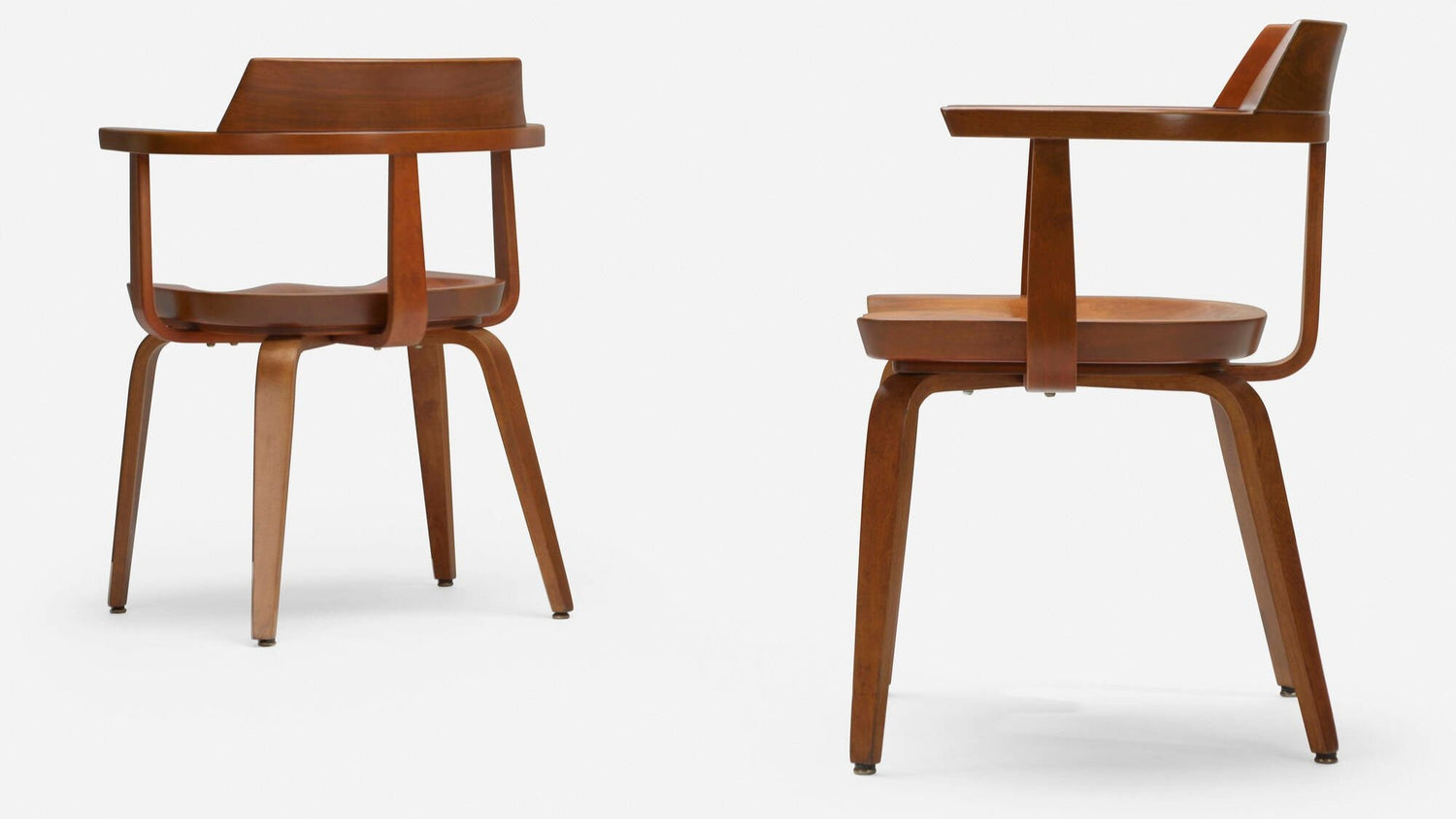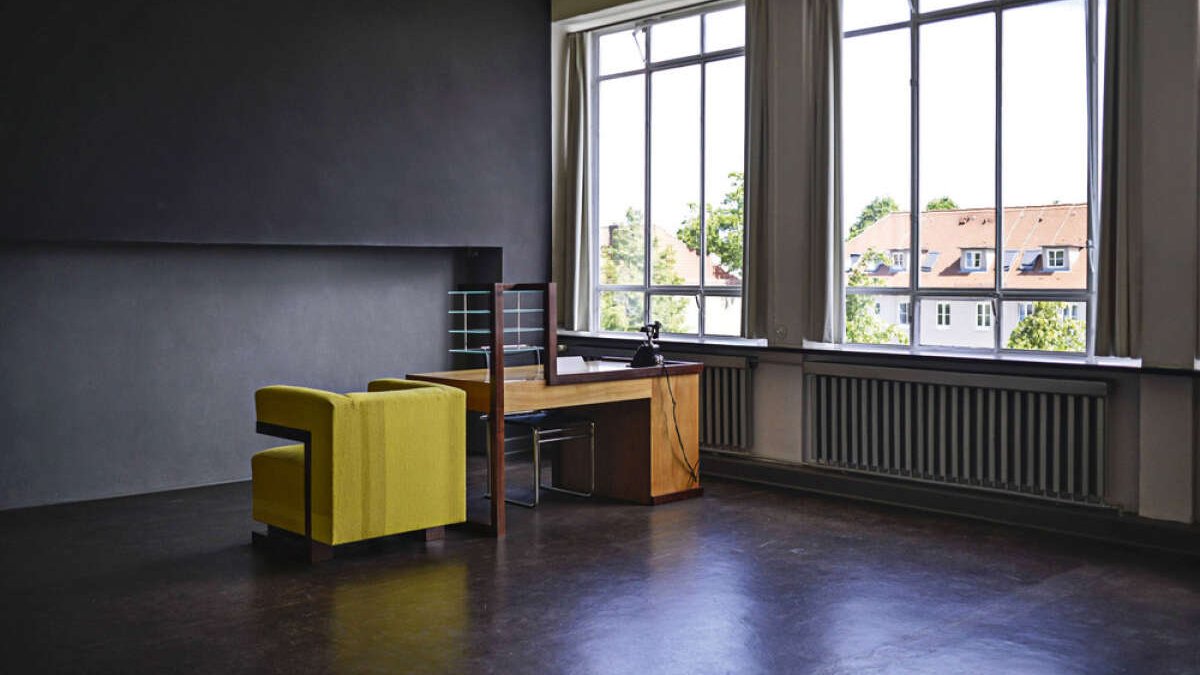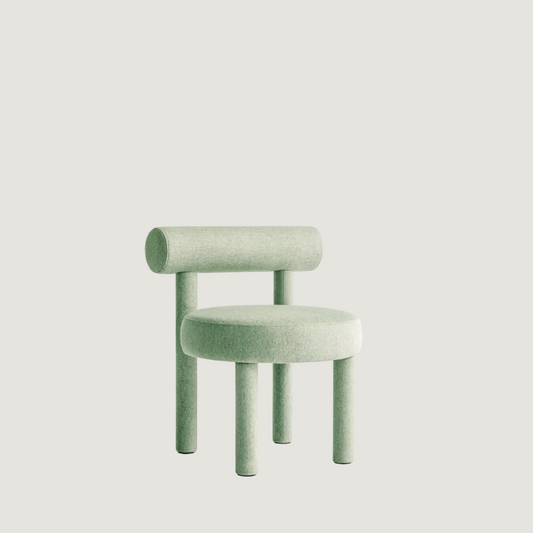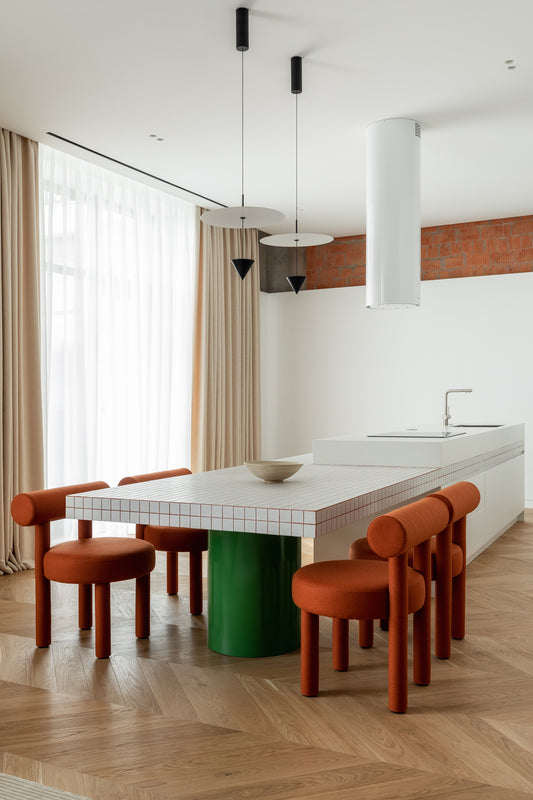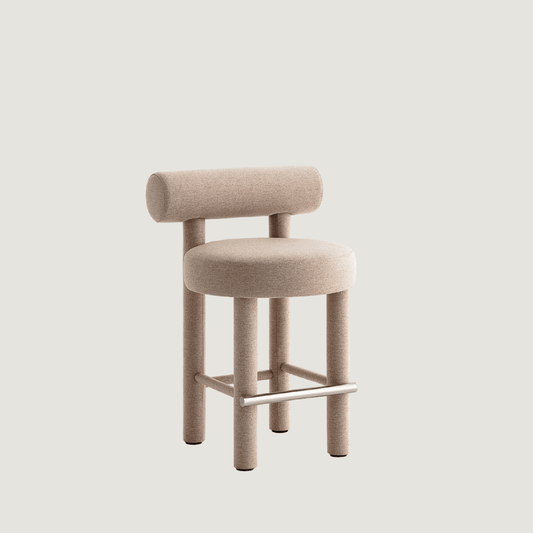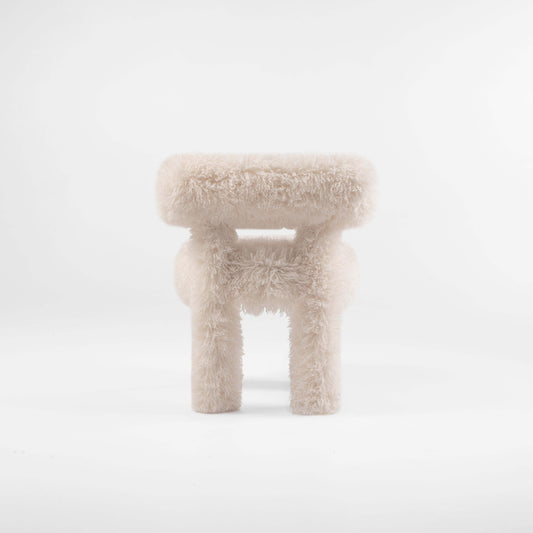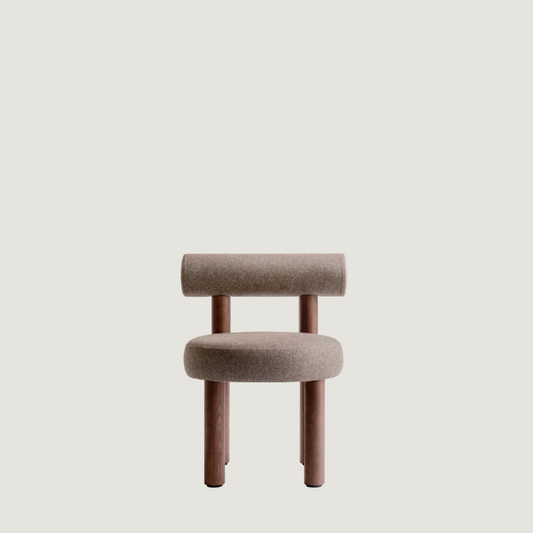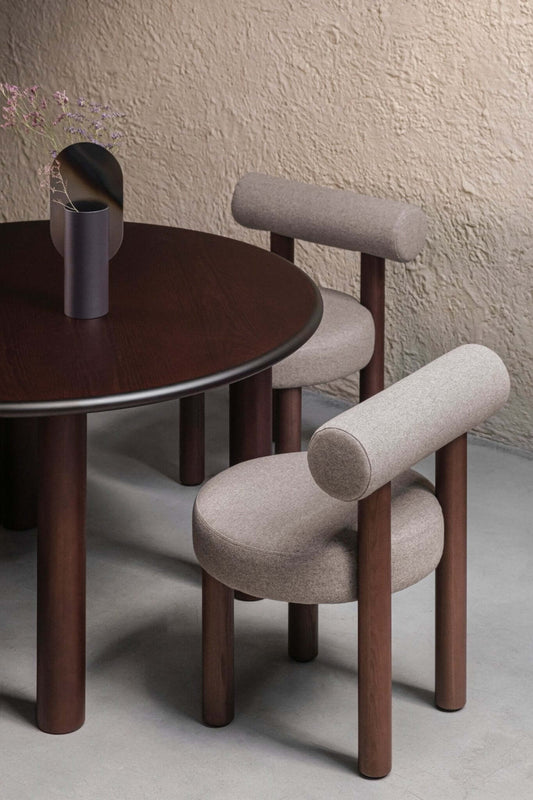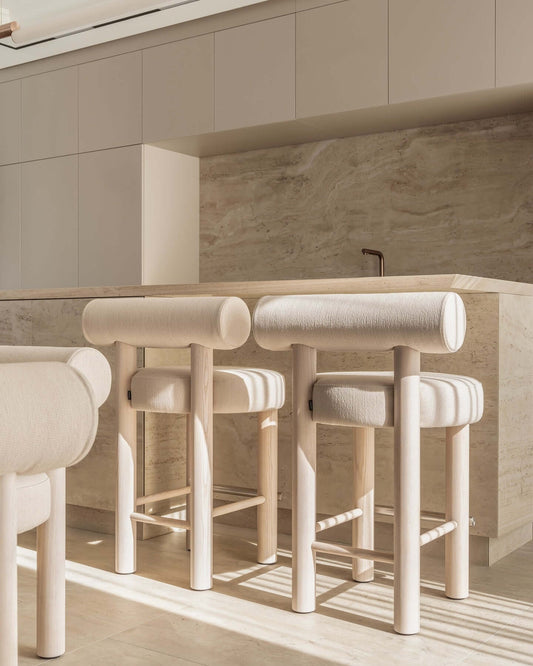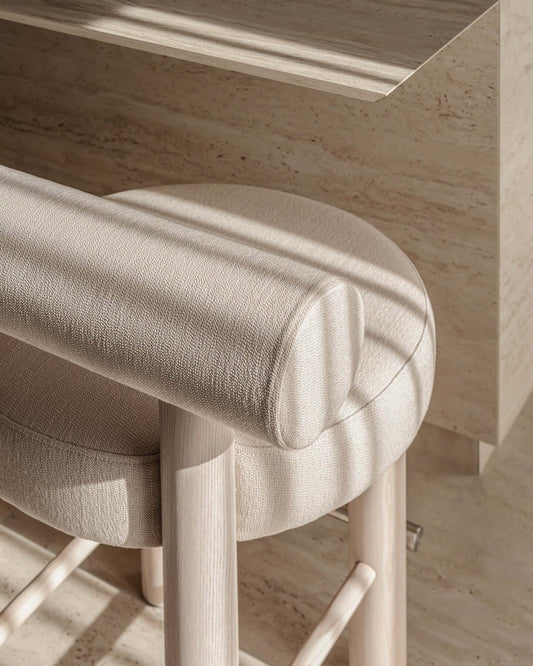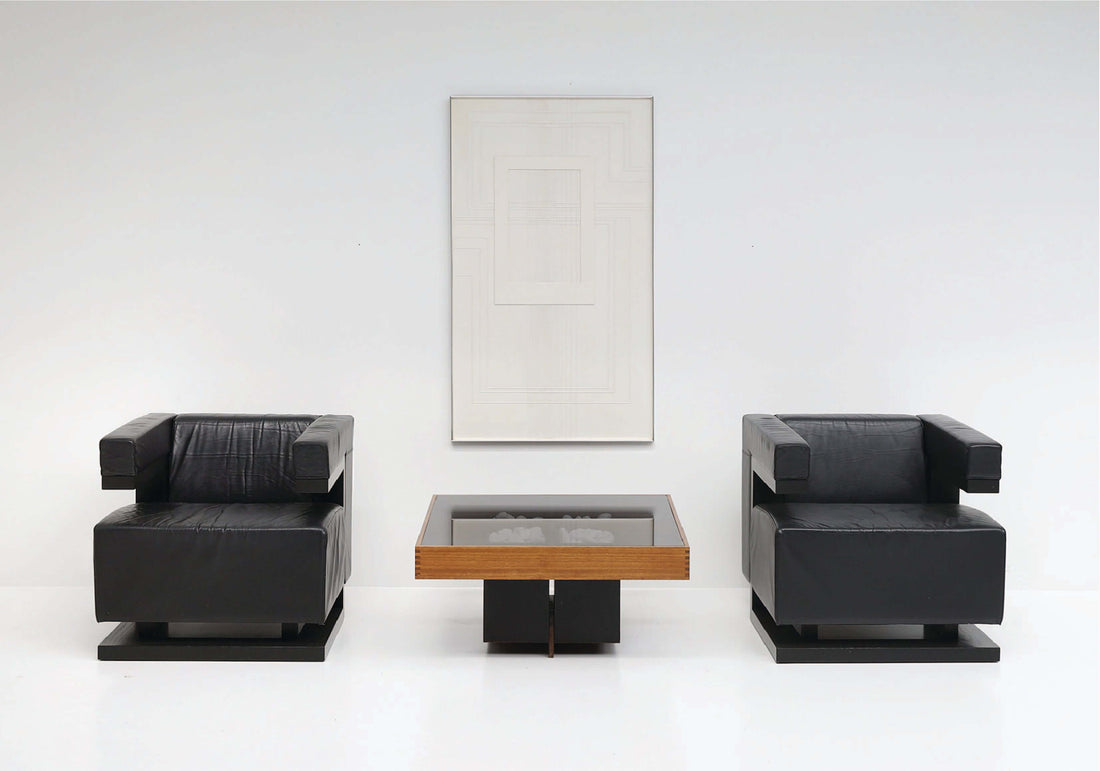

The Legacy of Walter Gropius: Pioneer of Modern Architecture and the Bauhaus Revolution
Walter Gropius was a German architect and designer, best known as one of the pioneering figures of modern architecture and the founder of the Bauhaus School. Born on May 18, 1883, in Berlin, Gropius was surrounded by art and architecture from an early age, with his father being a prominent architect. His formal education in architecture began at the Technische Hochschule in Munich and later continued in Berlin-Charlottenburg, though he left before completing his degree. Nevertheless, his passion and vision for design pushed him to develop new architectural forms that broke away from the classical traditions of the time. His early career was heavily influenced by the Art Nouveau movement, but he would eventually transcend this style to become a leader of the modernist movement.
-
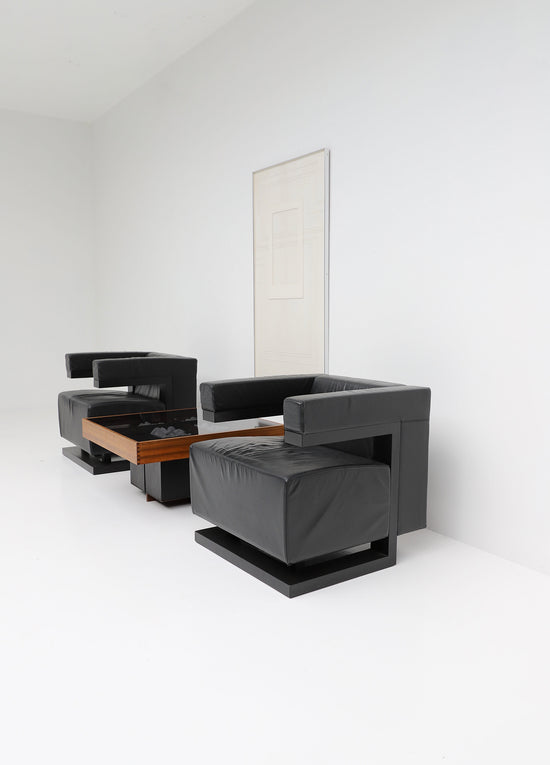
-
Gropius's work as an architect took off when he began collaborating with Peter Behrens, an influential architect and industrial designer. During this time, Gropius was exposed to the practical aspects of design and the integration of industrial techniques with architecture. He contributed to the design of factories and other industrial structures, which sparked his interest in functionalism—a philosophy that would shape much of his later work. In 1910, Gropius opened his own architectural firm, and in the same year, he created his first major design, the Fagus Factory in Alfeld, Germany. This building, with its extensive use of glass and steel, became an icon of modern architecture, reflecting Gropius’s focus on functionality, simplicity, and the use of new materials and techniques.
-

-
Gropius's most lasting legacy is undoubtedly his role in founding the Bauhaus School in Weimar in 1919. The Bauhaus was a revolutionary institution that aimed to unify art, craft, and technology. Gropius envisioned a place where architects, artists, and designers could collaborate and experiment to create holistic works that combined beauty and functionality. His leadership at the Bauhaus promoted an interdisciplinary approach to design, where students would receive a comprehensive education that included everything from fine arts to industrial design. Gropius believed that mass production and modern technology could be harmonized with artistic craftsmanship, resulting in objects that were both useful and aesthetically pleasing.
-
The Bauhaus under Gropius's leadership became a hub for modernist ideas and innovation. One of the key principles he introduced was the idea of designing for the "total work of art" or *Gesamtkunstwerk*, where every aspect of a building, from its exterior to its interior furnishings, should be designed as part of a unified whole. Gropius himself designed several pieces of furniture during his time at the Bauhaus, including the famous tubular steel chair. This piece exemplified his design philosophy of creating functional, minimalistic furniture that could be mass-produced. His influence extended beyond the architectural world, influencing industrial and graphic design, as well as the modernist aesthetics that would shape much of 20th-century design.
-
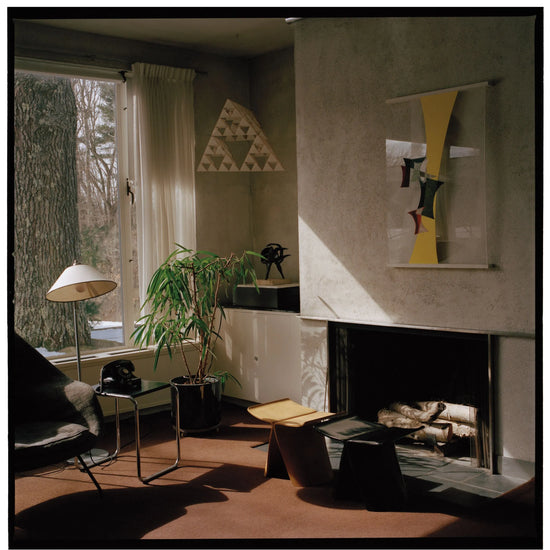
-

-
In addition to his contributions to the Bauhaus, Gropius completed several major architectural projects throughout his career. One of his most famous works is the Bauhaus School building in Dessau, completed in 1926. This structure became an iconic representation of the Bauhaus philosophy, with its emphasis on clean lines, open spaces, and the use of modern materials like glass and concrete. The building itself was designed to encourage interaction and collaboration among students and faculty, with large workshop areas, communal spaces, and fluid movement between different sections of the school. Other notable projects include the Harvard Graduate Center, which Gropius designed after he emigrated to the United States, and the Pan Am Building in New York City, one of the largest office buildings in the world at the time of its completion in 1963.
Beyond architecture, Gropius had a significant impact on the design of furniture and interiors. He believed that good design should be accessible to everyone, and he sought to apply this principle in his furniture designs. His collaboration with other Bauhaus figures, such as Marcel Breuer and Ludwig Mies van der Rohe, resulted in iconic pieces of modern furniture that still remain influential today. Gropius’s tubular steel furniture was a breakthrough in terms of both form and function, embodying the Bauhaus principle of simplicity combined with technological innovation. These designs were not only visually striking but also affordable and practical for modern living.
-
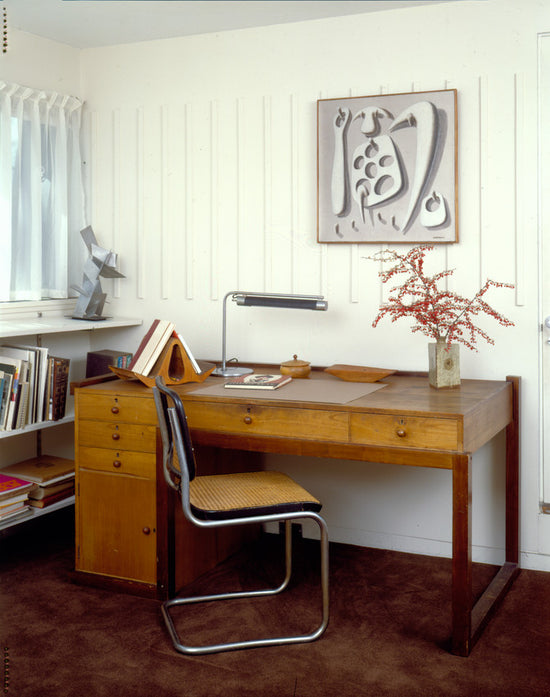
-
Walter Gropius's influence on modern architecture and design cannot be overstated. Through his work at the Bauhaus and his numerous architectural projects, he championed the integration of art, technology, and industry, forever changing the way we think about the built environment. His vision of functional, beautiful, and accessible design continues to resonate with architects and designers today, making Gropius a towering figure in the history of modernism. His legacy is not only seen in the buildings and objects he designed but also in the enduring principles of design that he helped to establish.
-
Gropius CS1
Vendor:NoomRegular price From 1,790.00Regular priceUnit price per -
Gropius CS1 Bar Stool
Vendor:NoomRegular price From 2,350.00Regular priceUnit price per -
Gropius CS1 Fluffy Edition
Vendor:NoomRegular price From 3,000.00Regular priceUnit price per -
Gropius CS2
Vendor:NoomRegular price From 1,720.00Regular priceUnit price per -
Gropius CS2 Bar Stool
Vendor:NoomRegular price From 2,350.00Regular priceUnit price per




